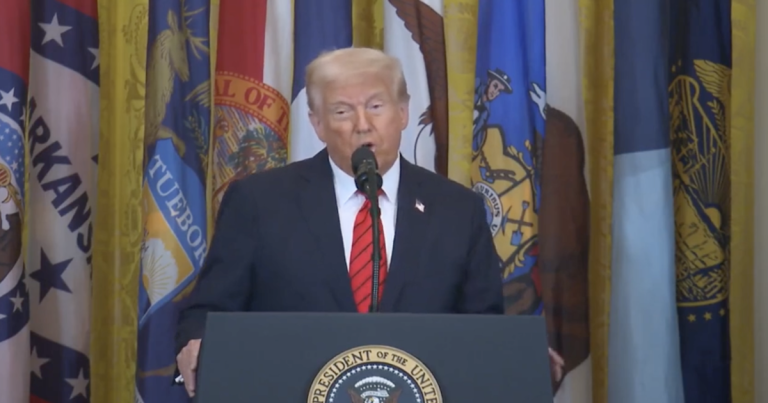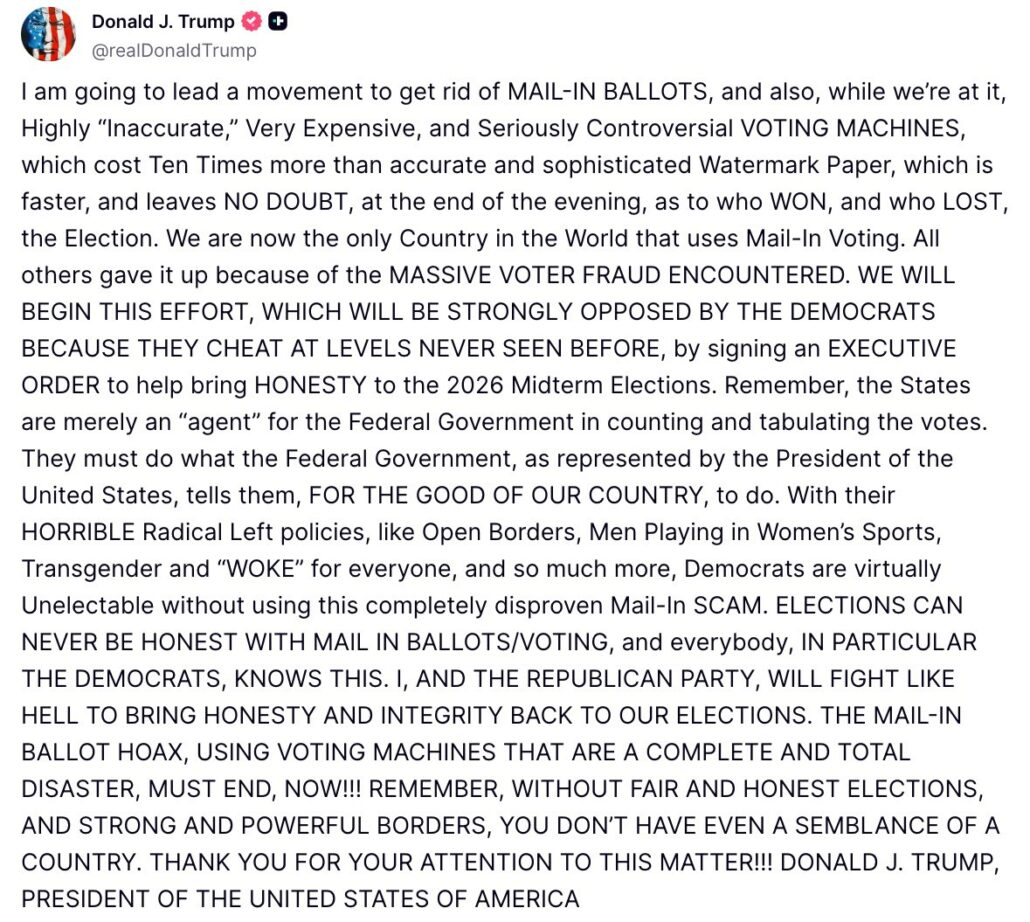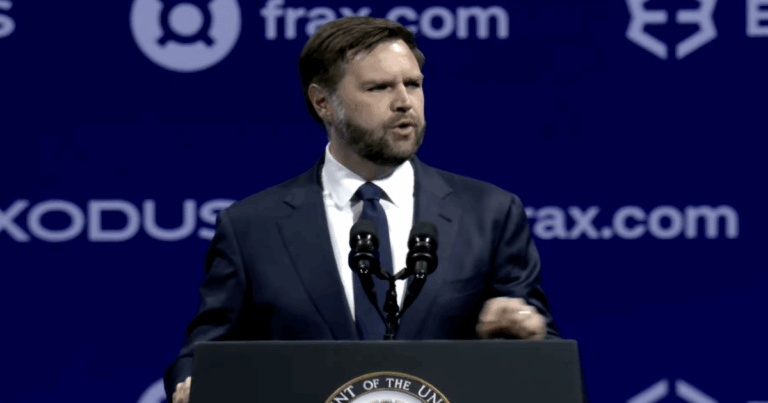Key Takeaways
- Ballot Box Scandal: Surveillance footage shows Hamtramck City Councilman Abu Musa passing stacks of ballots to a driver, who then dumped them into an election drop box just days before Musa’s re-election victory.
- Absentee Ballot Surge: Of Musa’s 1,129 votes, only 286 were cast in person; 843 came from absentee ballots. Without those, he would have placed fifth instead of winning.
- Fraud Investigations Ongoing: Musa is already linked to a broader election fraud probe in Hamtramck. He now faces scrutiny over both the ballot box footage and questions about his residency eligibility to hold office.
In Hamtramck, Michigan, the ugly reality of ballot abuse has once again reared its head. Surveillance footage shows City Council member Abu Musa handing off stacks of paper—appearing to be absentee ballots—to a driver, who then dumped them into a ballot drop box on August 1st. Just four days later, Musa secured his re-election with a heavy reliance on absentee ballots.
WATCH:
The numbers tell the story. Musa won 1,129 votes in a crowded primary—but only 286 came from in-person Election Day voters. The other 843 came through absentee ballots, without which he would have finished a distant fifth. That math doesn’t just raise eyebrows; it raises red flags.
This comes on the heels of two other Hamtramck council members facing election fraud charges after investigators found bulk absentee ballots filled out with suspiciously similar handwriting. Musa himself was named in that probe but conveniently avoided charges. He’s also under scrutiny for whether he actually resides in Hamtramck—a requirement to even hold office.
State law does allow individuals to drop off ballots for close relatives or housemates, but Musa’s alleged ballot-handling goes far beyond those limits. “You can [turn in more than one ballot], but there’s a big caveat,” Oakland County Clerk Lisa Brown explained, emphasizing it must be family or cohabitants—not stacks from who-knows-where.
This case highlights exactly why election integrity remains a top priority for President Trump and conservatives across the country. Americans deserve fair elections where every legal vote counts—and only legal votes. When political insiders manipulate loopholes, the people lose faith in the system. And without trust, democracy doesn’t work.
Musa has denied wrongdoing, but the video evidence paints a troubling picture. As investigations continue, one thing is clear: Michigan voters—and all Americans—must demand accountability and transparency in the ballot box.










